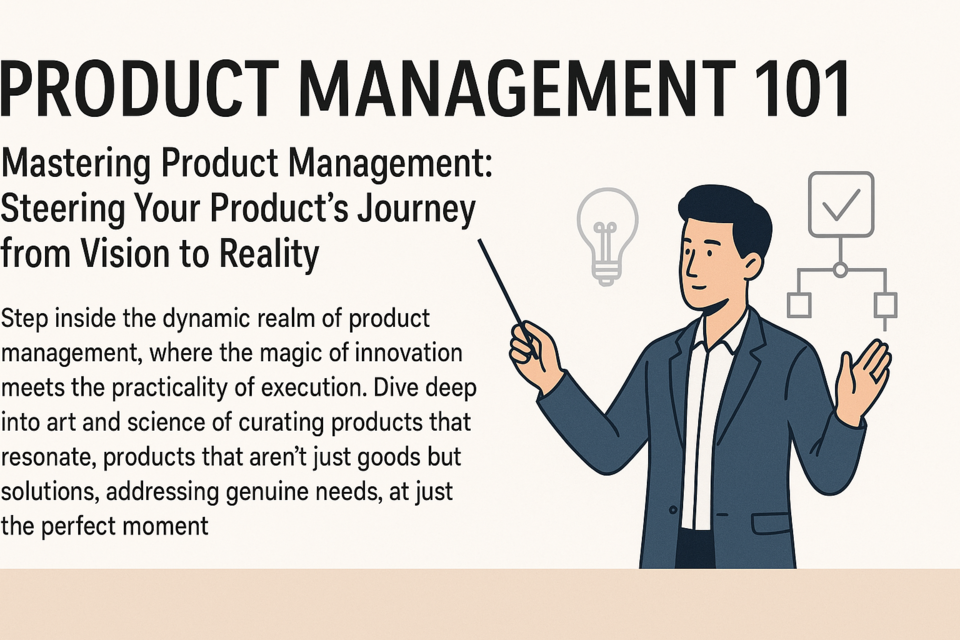Organizations, like any living organisms, have life cycles. The same holds true for any collaborative team. They are born (established), learn to walk and talk (learn about each other, grow and develop into a team), reach maturity (work on project as a team) become senior citizens (work slows as the reason for the group is completed), and finally death (the team is dissolved since their mission is complete).
Now, this is a generalized life cycle for a collaborative team, since there isn't any set criterion for developing a team. Teams, like organizations, are each unique and are designed for their intended work. Each team's development, skills, characteristics, motivation, and success will be determined by the individuals who make up the group. For these reasons, the life cycle of a collaborative team has never been truly studied, analyzed, synthesized, or materialized. This step in a collaborative team's process has fallen into the gray area of business, better known in the military realm as "Black Ops."
What experts do agree on about collaborative teams is there are predictable patterns that emerge when observing these groups. Their patterns, generally identified as development stages, occur in a set pattern that cannot be reversed, jumbled, or even skipped. If so, the group would not function as a team, but would be a collection of individuals who are all assigned the same tasks. The organization would then have a bunch of highly trained, overly qualified individuals, who cannot complete their project because the goals are more than any one person can accomplish. Some experts have identified as many as 10 stages for any given group, while some have condensed it down to three. Most models develop the stages into four or five categories.
With that in mind, this article explores new territory, but at the same time treads lightly, so as to not disturb any hidden booby traps. What is known is that all collaborative groups have to be called together, which this article identifies as The Seduction or Awareness phase. The next phase is where the people get to know each other and "test the waters" to see if they can get along; so this stage is known as The Date or Appreciation-Motivation stage. Okay, the group has been getting to know each other and is starting to get along and have decided it's time to Go Steady. This is where a plan of action is determined to get the project accomplished. The Engagement occurs when it's time to implement the plan of action – time to do the work. The final stage of the group is fittingly called The Marriage/Honeymoon. It's time to reveal the final product and bask in its glory.
The Seduction/Awareness
Collaboration allows people to work together on a given project. Naturally, leadership must ensure all the people selected for the team are able to be there and participate. The group can be in the same office or building, or they can be scattered around the world and be linked together via the Internet. In either case, the group usually is formed by an organization's leadership to work together toward a predetermined goal.
There are many reasons for the various individuals who are chosen to be a part of the group. Some of the more common reasons include:
-
Needed job skills for the tasks
-
Specific needed talents
-
Leadership abilities
-
Organizational prowess
-
Motivational expertise
-
Peace-keeping abilities
When organizing the collaboration team, leadership is not concerned if the individuals know each other, or if they are capable of working together. What they generally look at is all the individual's abilities. It usually is the job of the appointed group leader to find common ground for the group to function together. It also falls on the leader's shoulders to motivate the team to reach their appointed goals. This usually isn't a problem since, generally speaking, a collaborative team usually is the best of the best in an organization and, if anything, the problem the leader usually faces is reining in the egos.
For Linus Torvalds, it all started with a simple email stating he was starting a new project as a hobby and wanted people to send him ideas for features to be added to the software. Fast forward 20-plus years and you have the ultimate "hobby" software that, through open source collaborative efforts, is so powerful it is running 98 percent of the world's super computers, many of the Internet's servers, and a number of consumer devices, to include Androids.
Torvalds invented Linux itself, but through collaborative efforts others began developing drivers, debugging the software as it was being developed, and enhancing its source code. All this was accomplished by volunteers communicating through the Internet. The collaborative effort has grown into a world-wide foundation that trains individuals how to use the software and continues its collaborative efforts to improve on its systems.
As you can see, leadership generally does not have a problem finding volunteers for a collaboration team. The approach usually is something along the lines of "having a special project that has corporate headquarters' attention, so we need you to be a part of the team." Or leadership approaches the employee with the statement of, "We have a problem that only you can fix, so we need you to be a part of a special team we are putting together." Either way, this type of approach usually is enough motivation for a go-getter. With this said, the group leader must realize he is on a strict timetable to get results, and he must take charge quickly or the individuals within this elite group will ride roughshod over him.
The Date or Appreciation-Motivation
As we saw with the example of the software giants, for collaboration to take place, everyone had to have a common goal to work toward. For Jobs and Gates, the two had to know and respect each other for collaboration to begin. The same is true for any collaboration group – there must be trust, safety, understanding, mutual respect, and a common goal that everyone believes in. This type of collaboration does not happen with a group overnight – it takes time.
For people to work together, the first thing that must take place is for individuals within the group to get to know each other. To be effective within the group you must be willing to look in the mirror and understand yourself. You cannot ask others to undergo this process if you are not willing to examine yourself, too. If not, the group will not gel and function at its full capacity. Before walking into the room and getting to know the others, you must first look in the mirror and ask yourself:
-
What are my beliefs?
-
Do I adhere to my values?
-
What type of attitude do I have toward others?
-
What stories in my life impact me positively? Why?
-
Which stories impact me negatively? Why?
-
What motivates me?
-
Are my actions reflecting my values and beliefs?
-
What criteria do I base my decisions on?
Author Keith Ferrazzi realized early on that service to others was rewarding. He was taught to "pay it forward" as a child – in other words he was taught to help others, even if he was not asked to assist them. He wrote the book, Never Eat Alone, and then felt slightly guilty because, when he looked into the mirror, he realized his life did not always reflect what he was writing and telling others to do. He set out to change that and now his life story includes founding Meals on Wheels, a service that provides delivered meals to those in need.
The date phase takes a little time. It usually takes getting away from the organization and socializing. It takes the group being willing to share their stories. The hardest part is it requires someone to step up and be first to share. It requires one individual to open up and share, before there is complete trust within the group. It will take one person willing to be vulnerable for the overall good of the group's success.
Go Steady – Plans for Action
When traveling to a different country, you expect some things to be different; after all, their culture and way of life are different. So, as tourists, you must make adjustments to your expectations and timetables. In the Philippines, you must specify what timetable you are negotiating under when purchasing a special-order product – Filipino time or American time. Filipino time means they will complete the project anywhere from the agreed upon time to three months after said date. American time means the project will be completed at the agreed upon time. Naturally, the price is higher for American time.
The same type of thing occurs when dealing with different people within a group. You enter into a project with your time frame for when things need to be accomplished. Of course, everyone else has walked into the room with their schedules, too. This is where it is important for everyone to know the other person and to take "where they are coming from" into account when determining the project's schedule.
Not only do the schedules have to be synchronized, so everyone is on the same page, but also the group needs to organize all required activities for the project – who will be accomplishing what and at what time. Needed resources must be allocated. To get this done, the individuals within the group must collaborate – they need to reach out and become group oriented in their thinking. This is where leaders, teams, and collaboration begin to emerge.
With group collaboration will be the need for mediation – trade-offs, compromises, negotiations, and a general will to see a top-quality project completed. For this to happen, open, honest discussions must take place where everyone treats each other with mutual respect.
The Engagement – Do the Work
It's time to KISS the project. It's time to Keep It Simply Simple. Stick to the agreed schedule and assigned tasks. If a problem comes up, the group should find a simple solution. This is an area in the project where some people can complicate matters by overthinking and trying to get "fancy" with a project, instead of giving the organization the best product they asked for. It's not time for one person in the group to show off and complicate things. It's time for a solid group effort that economizes the time, uses the best practices for the procedures, and produces a top quality product.
The Marriage/Honeymoon – The Reflection Phase
The project is complete and now is the time to bask in the glory of the accomplishment. This is where individuals take the time to sketch what has taken place – they reflect on what has happened and digest what the group has accomplished. It's during this stage in the process where people begin to realize the answer to the age-old question, "What's in it for me?" If the group collaborated, then the answer will be a positive one and the individual will leave with a great life story.
It's also at this time when the group explores what's next. This will greatly depend on the organization and the talents of the people within the group. If the team uncovered another issue similar to the one they are tackling, then now is the time to bring it up to management, while the group still is together. Or maybe the team realizes they can improve another process – now is the time to ask leadership to expand the time the group is together. At the least, the group will have made great friendships and will realize the talents of each person. This can be a great asset for day-to-day workloads. There's no need to end relationships if the group is disbanded. Instead, while doing your daily work, if there is an area you know someone from the collaboration team excelled at, then call them and ask for suggestions on how you can get your job done.
Also, set up regularly scheduled times to get together for coffee, lunch, or dinner. Network with each other and introduce each other to your other friends, so your network grows. Growing your business network is invaluable, and at times, can pay huge dividends.































